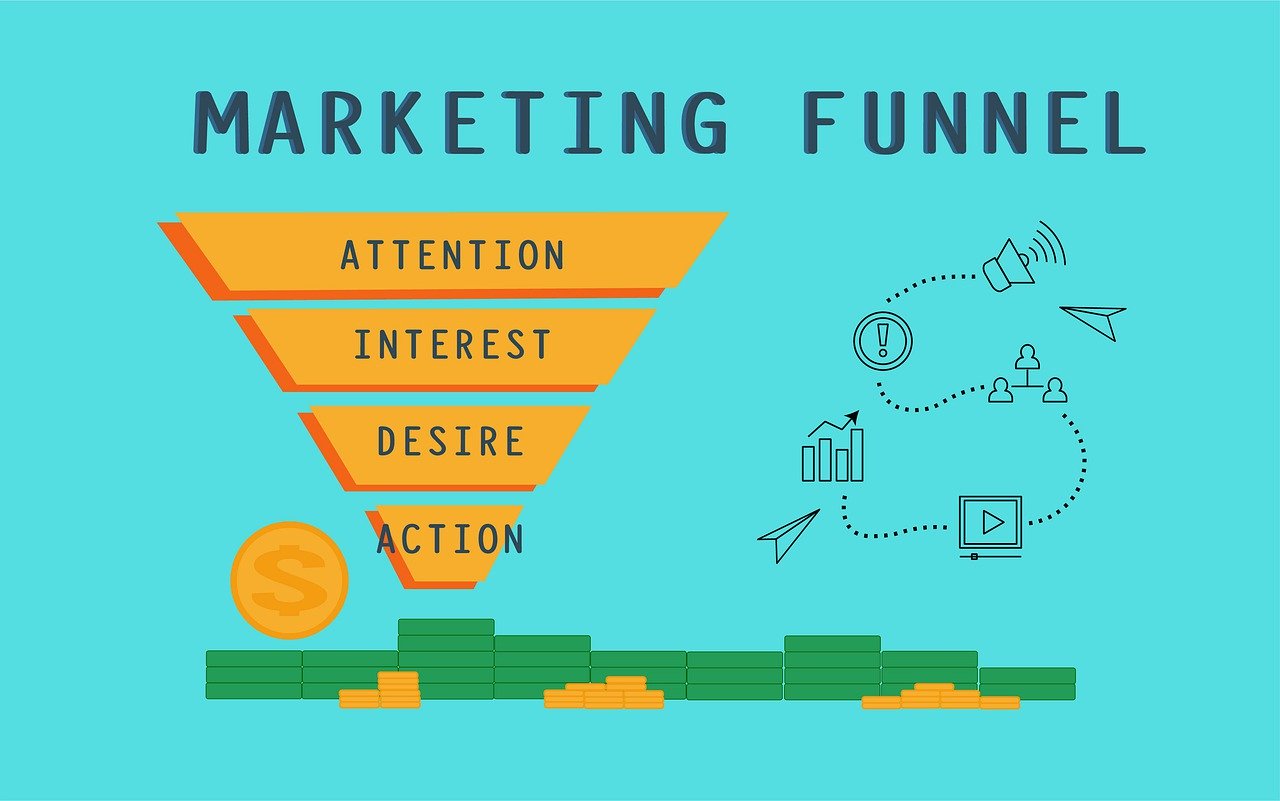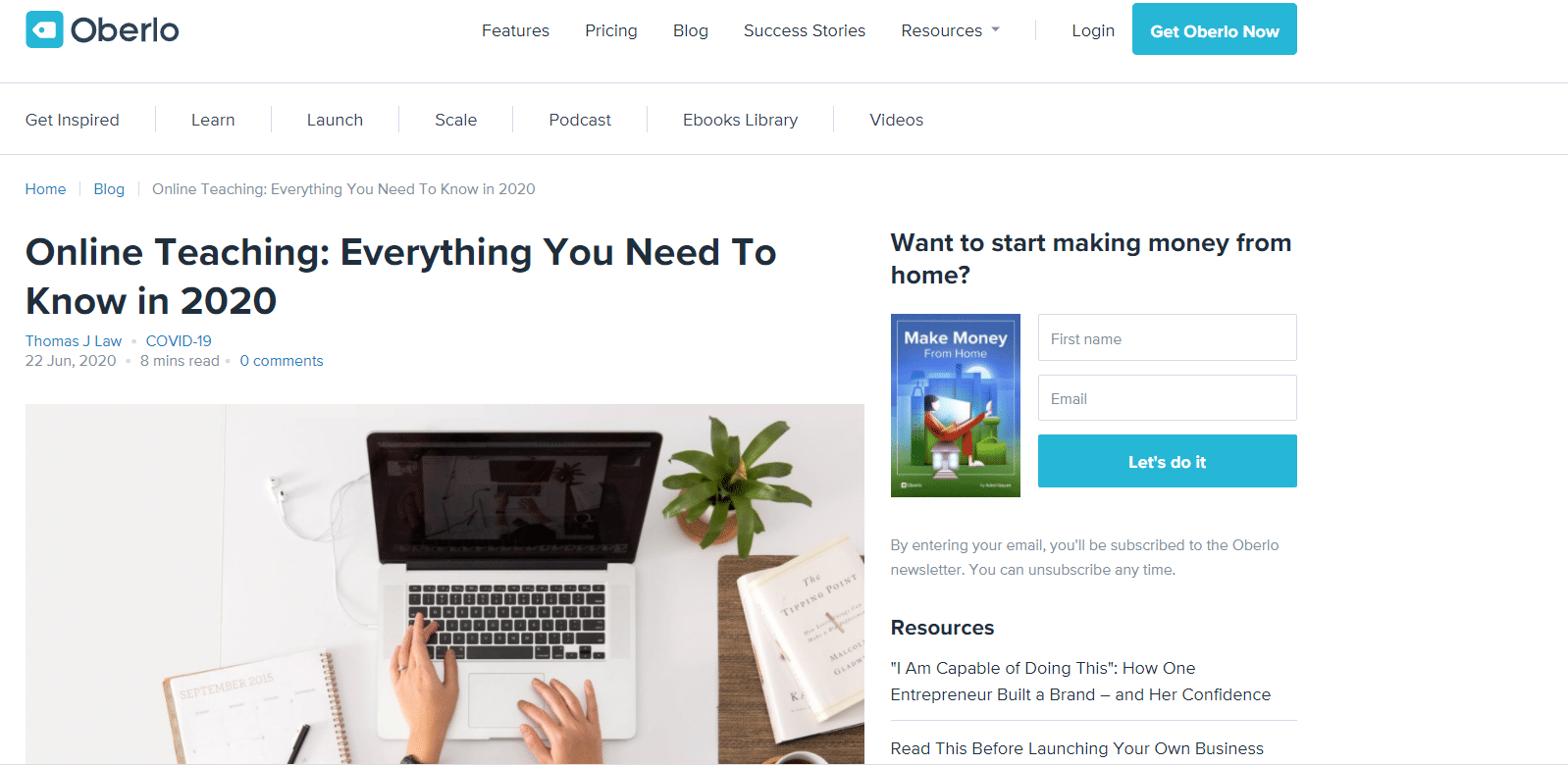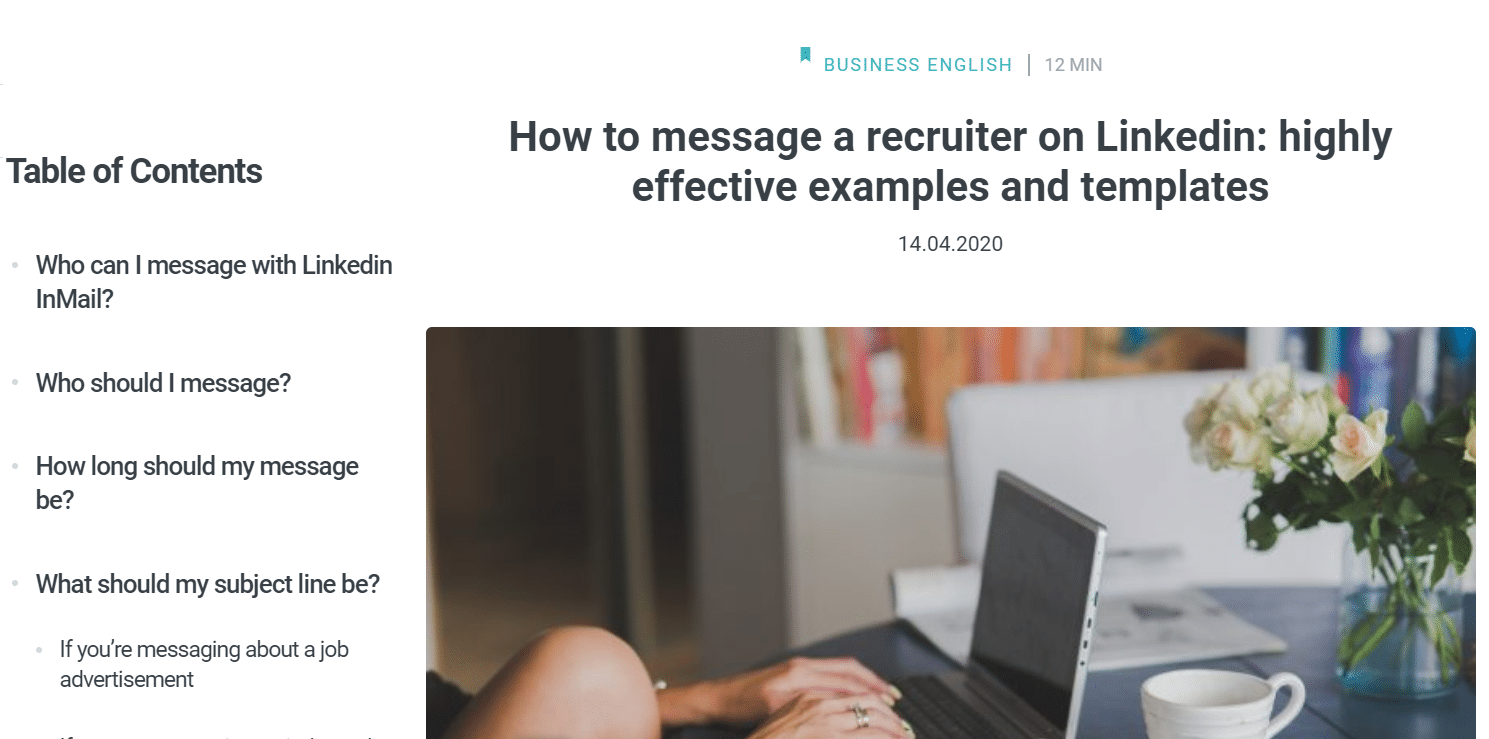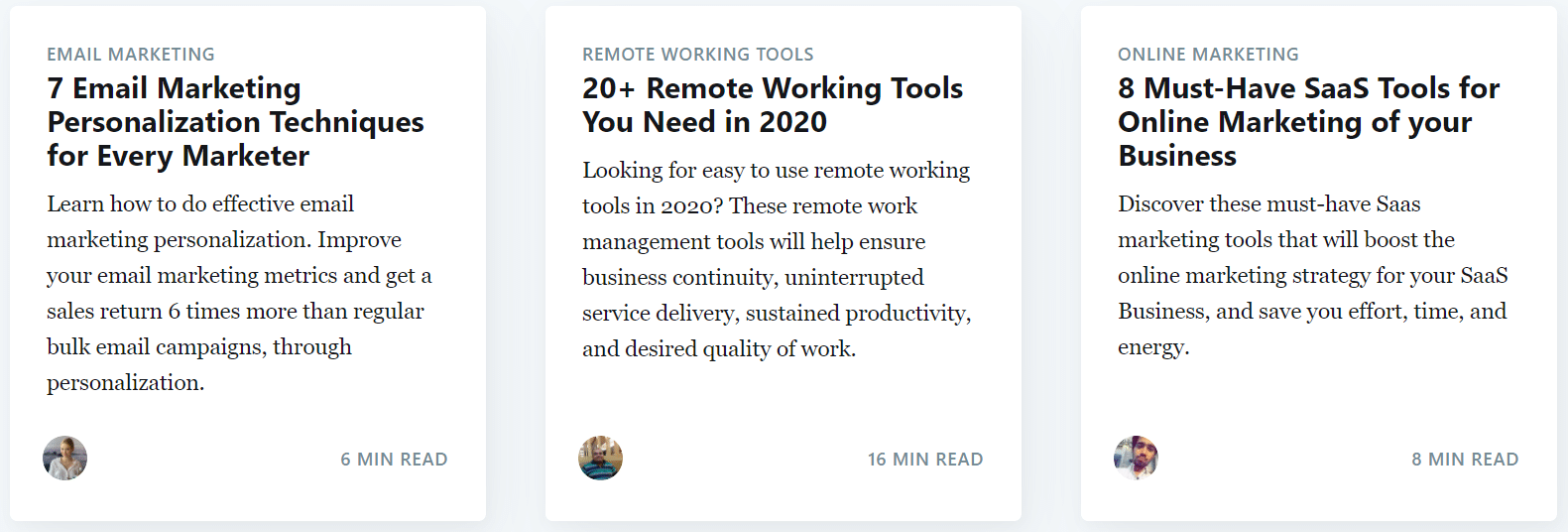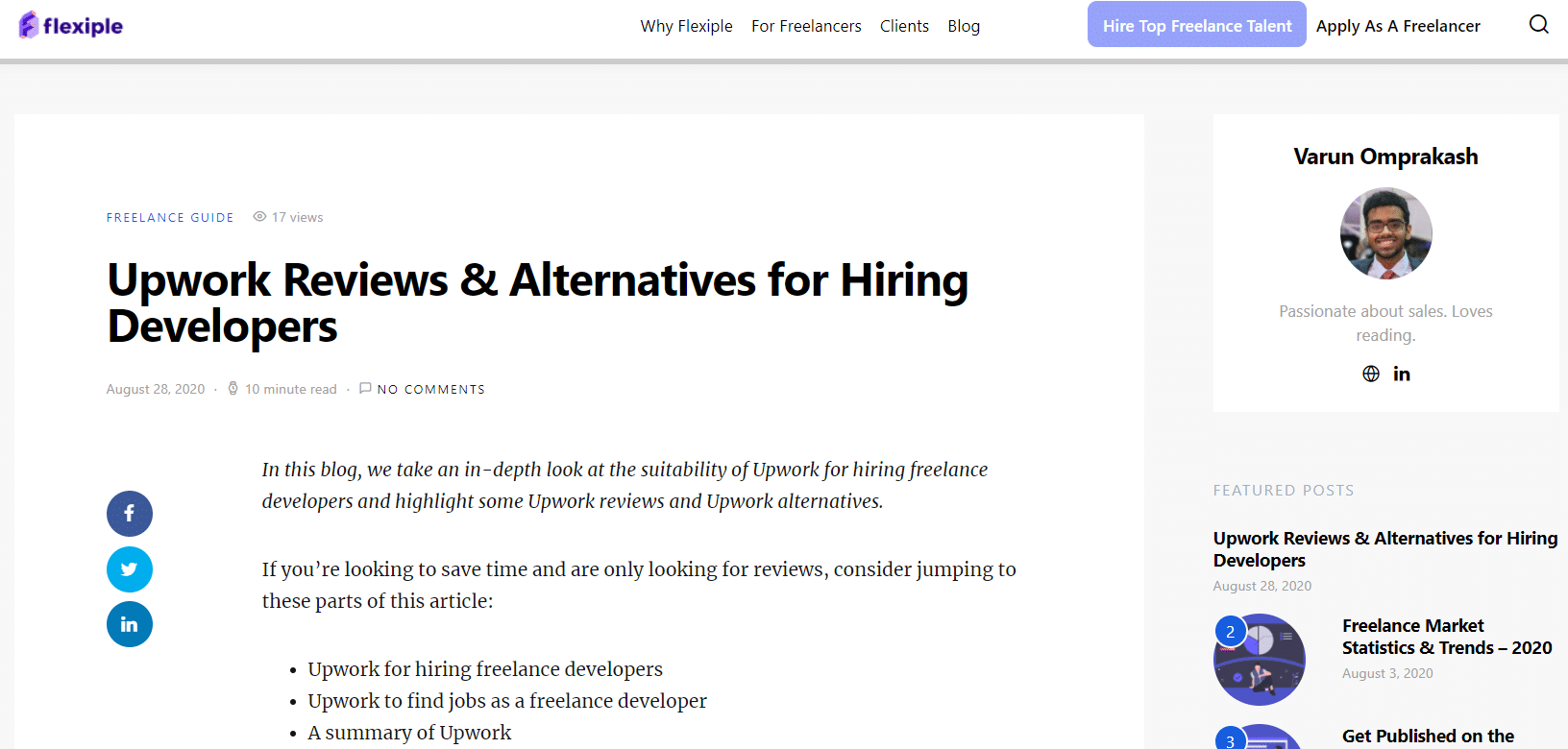A marketing funnel signifies the different stages of a buyer’s journey. It starts with capturing the attention of your target audience, generating interest, building a desire to own your product that culminates with a trigger for action.
Content marketing can be an extremely effective tool to help you achieve your marketing objectives at each stage of this marketing funnel. In this article, we will look at each of these stages in detail and how content can help you meet your goals.
But before we do that, let’s answer the question that is on top of your mind right now – why content marketing, specifically? Why not other marketing channels?
Why Content Marketing
There are several reasons why content marketing is the most effective way to reach audiences across different stages of the buyer journey.
The first reason is that they help build narratives. Do you want to create an “authority” brand? You can create top-tier content explaining industry concepts to visitors and be seen as the industry expert. Alternatively, do you want to be seen as a “fun” brand? Content can help you with that too.
Secondly, content is cheap and sustainable. Make no mistake, quality content costs money. But here is the thing – once you have a content creation process in place, it is very straightforward to produce tons of top quality content that generates results every time.
Not just that, content like this is sustainable because once you rank your blog post on Google, or have set up a Facebook ad to promote your copy, you can continue to generate sales without any further investment.
Lastly, success with content marketing is easy to measure. You can track performance of your content based on the source of traffic, time spent by visitors, and subsequent actions that they take on your page. As a result, marketers tend to invest heavily in this medium.
Content To Capture Attention
Have you ever stopped by a company’s blog and wondered why they are talking about stuff that is nowhere related to the product or service that they are selling? For example, take a look at this example on Oberlo.
Why is a website that helps eCommerce store owners dropship their products talking about online teaching anyway?
Or, this example from Preply
Preply is a website to help you find online language tutors. Why is talking about getting recruited on LinkedIn?
The answer to this is that the people looking for answers to these questions fall in the target group that these businesses are catering to.
In the case of Oberlo, a large chunk of its users are people looking for side hustles to make money online. Launching a dropshipping eCommerce store is one such method. However, not everyone knows about this or is looking up information about eCommerce on Google..
By publishing an article about online teaching (and possibly other ways to make money online), Oberlo might be able to capture the attention of this group of side hustlers, and possibly nurture them enough to convert them into a customer.
The rationale behind the content strategy is similar with Preply too. One of the main motivations for people seeking online language tutoring services is to help them professionally. By publishing content related to career advancement, Preply is able to capture the attention of their target group who may then be nurtured and converted into a customer.
Generating Interest and Desire
It is easy to get confused by these two stages of the marketing funnel. How does generating interest differ from desire?
Yes, at the outset, they seem to overlap quite a bit. However, when you dig deeper, the difference is clearer.
Once you have captured the attention of your target group, the next step is to talk up about your industry category. For example, if you are an email marketing company, your article may discuss popular ways to generate leads for your business – and as part of this article, you discuss email marketing as well.
Email marketing company SendX does this successfully on several of their articles
The Covid19 pandemic has forced business remotely and this has contributed to a huge spike in searches for remote working tools. Similarly, SaaS businesses are constantly looking for ways to market their business – in each of these cases, SendX generates an interest in their product offering by listing it among complementary offerings.
Once your target group has understood the importance of your industry category and offering, it is your job to make your product more appealing then competition. This is where generating a desire comes into play.
Freelancer marketplace Flexiple does this with this article on Upwork review
In this example, you have generated interest among the target group (which consists of people looking to build projects) and have convinced them to look at freelancer marketplaces to hire talent to build their projects.
Upwork, without doubt, is a popular marketplace and many customers are likely to flock here to find freelancers. With an article on a topic like this, Flexiple has generated a desire among these prospects to try their service over Upwork.
Triggering Action
There are several ways to trigger action. Traditional blog content works if you are looking at Google to help you in this stage of the journey. However, it is very likely that at this point, you already have the prospect’s contact details with you.
Triggering action is thus done with a sales copy that is sent either over email or through retargeted ads. If you have seen offers selling last available spots or limited offer discount coupons, then you know those are content pieces that are driving conversions.
So there you go – the four stages of the marketing funnel orchestrated with content marketing. Do you have any examples you like? Share them with me in the comments.
